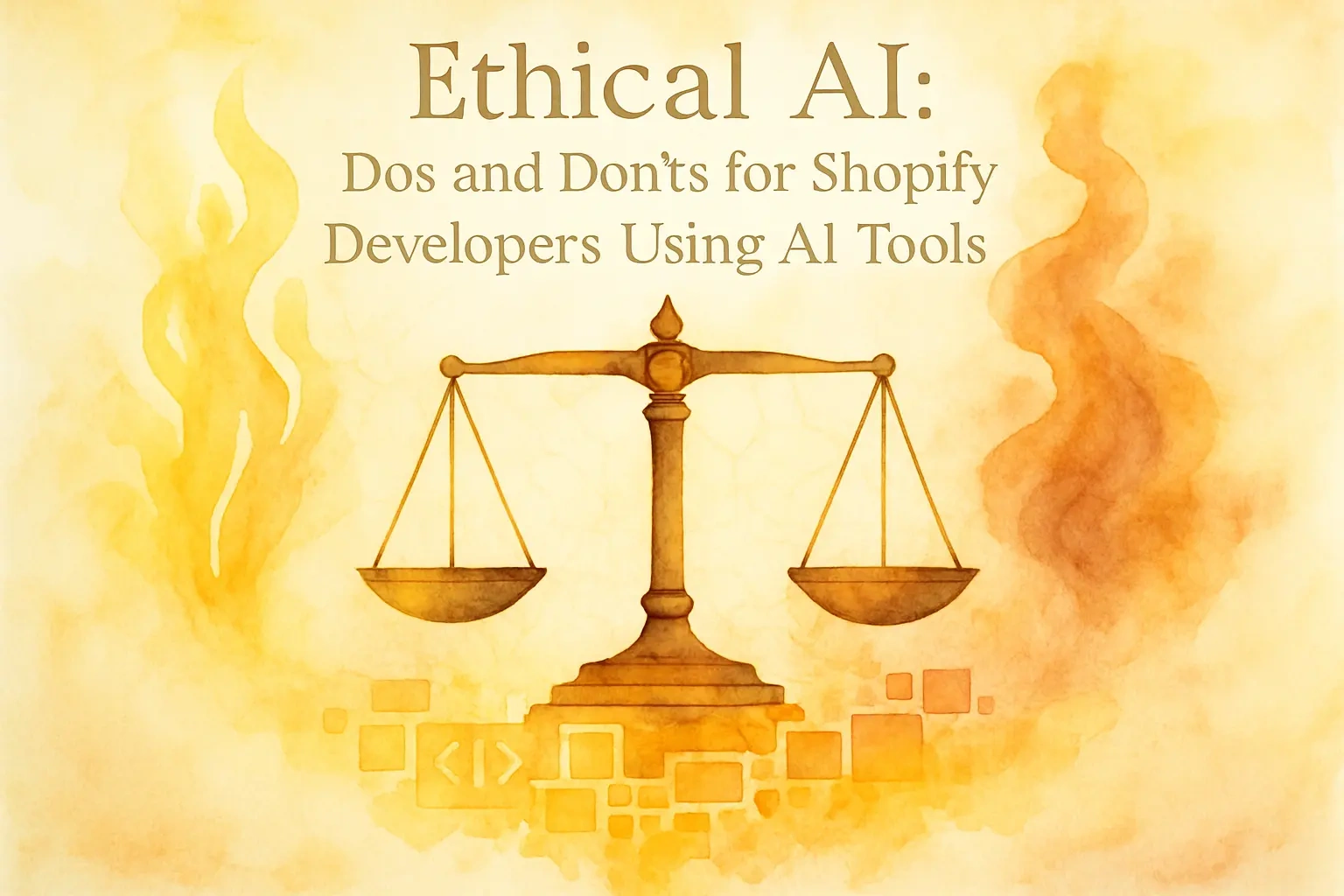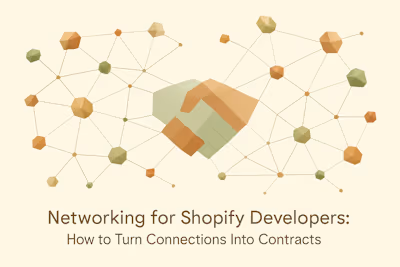Ethical AI: Dos and Don’ts for Shopify Developers Using AI Tools

Ethical AI: Dos and Don'ts for Shopify Developers Using AI Tools
The Core Principles of Ethical AI in Development
Do: Prioritize Transparency and Explainability
Do: Ensure Fairness and Mitigate Bias
Do: Uphold Accountability
Data Privacy and Security: A Non-Negotiable
Do: Protect Customer Data and Obtain Consent
Don't: Collect More Data Than Necessary
Don't: Overlook Data Security in AI Integrations
Practical Dos and Don'ts in the Development Workflow
Do: Conduct Ethical Impact Assessments
Don't: Trust AI-Generated Content Blindly
Do: Promote Diversity in Development Teams
Building Trust with Clients and End-Users
Do: Be Transparent with Clients About AI Usage
Don't: Use AI to Create Deceptive Experiences
Do: Champion a Human-Centered Design Approach
Conclusion
References
Ethical AI: Dos and Don'ts for Shopify Developers Using AI Tools
The Core Principles of Ethical AI in Development
Do: Prioritize Transparency and Explainability
Do: Ensure Fairness and Mitigate Bias
Do: Uphold Accountability
Data Privacy and Security: A Non-Negotiable
Do: Protect Customer Data and Obtain Consent
Don't: Collect More Data Than Necessary
Don't: Overlook Data Security in AI Integrations
Practical Dos and Don'ts in the Development Workflow
Do: Conduct Ethical Impact Assessments
Don't: Trust AI-Generated Content Blindly
Do: Promote Diversity in Development Teams
Building Trust with Clients and End-Users
Do: Be Transparent with Clients About AI Usage
Don't: Use AI to Create Deceptive Experiences
Do: Champion a Human-Centered Design Approach
Conclusion
References
Posted Jul 4, 2025
Using AI in Shopify development comes with ethical responsibilities. Learn the essential dos and don'ts for data privacy, transparency, and avoiding bias to build trustworthy e-commerce sites.









